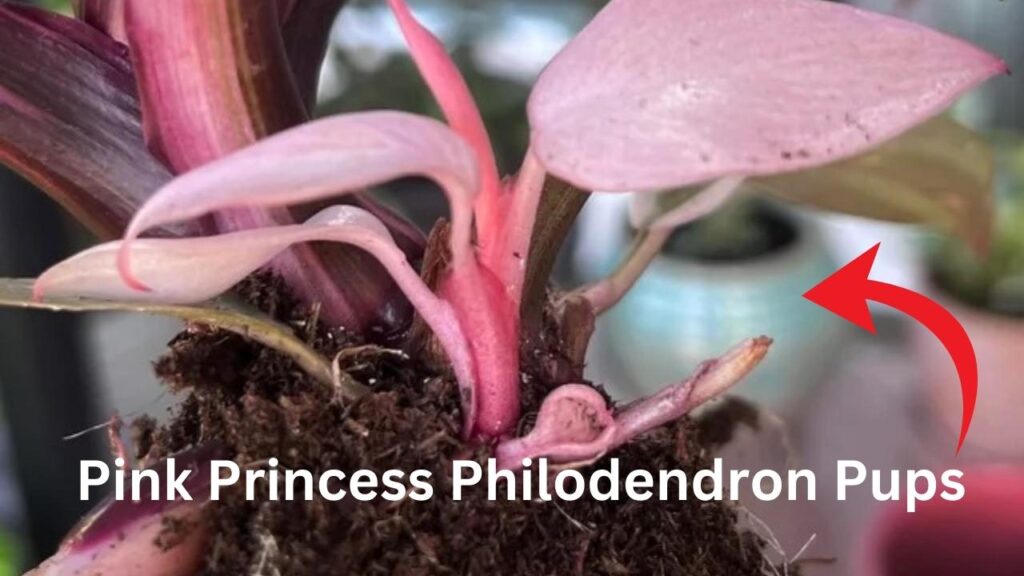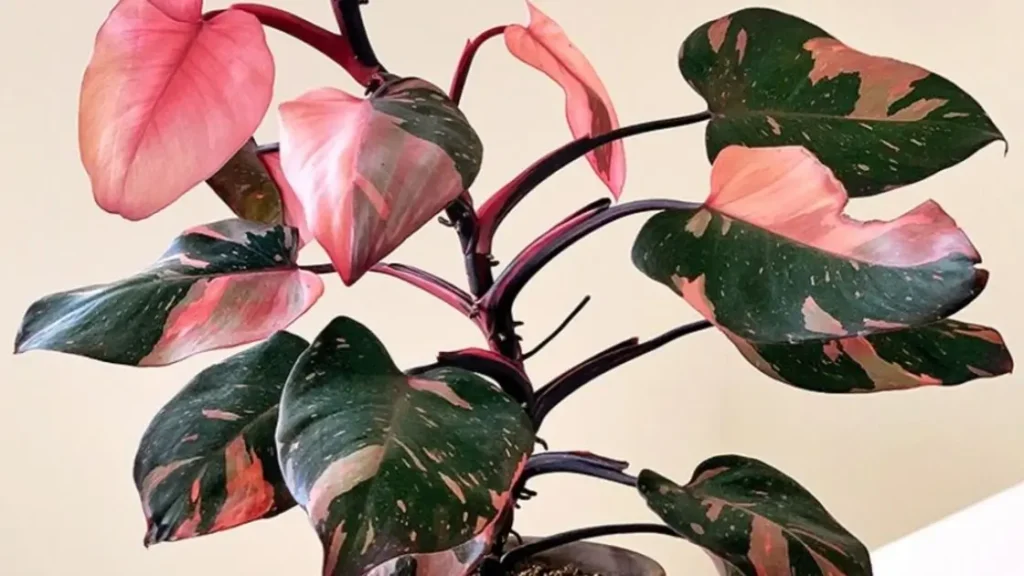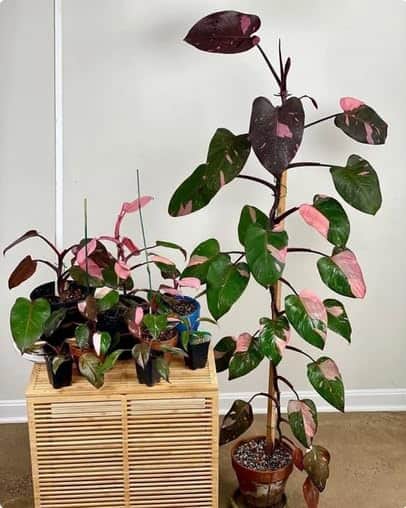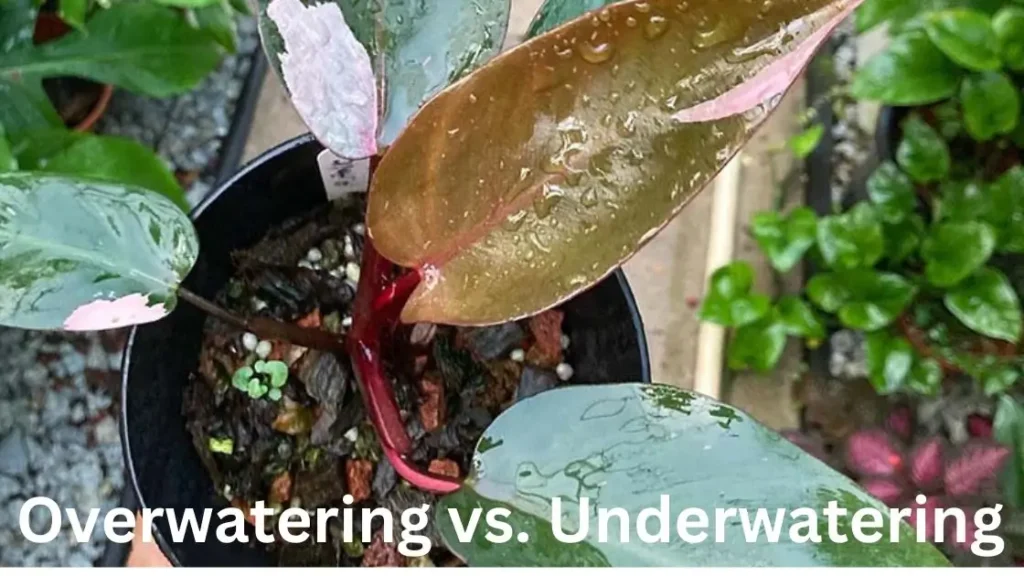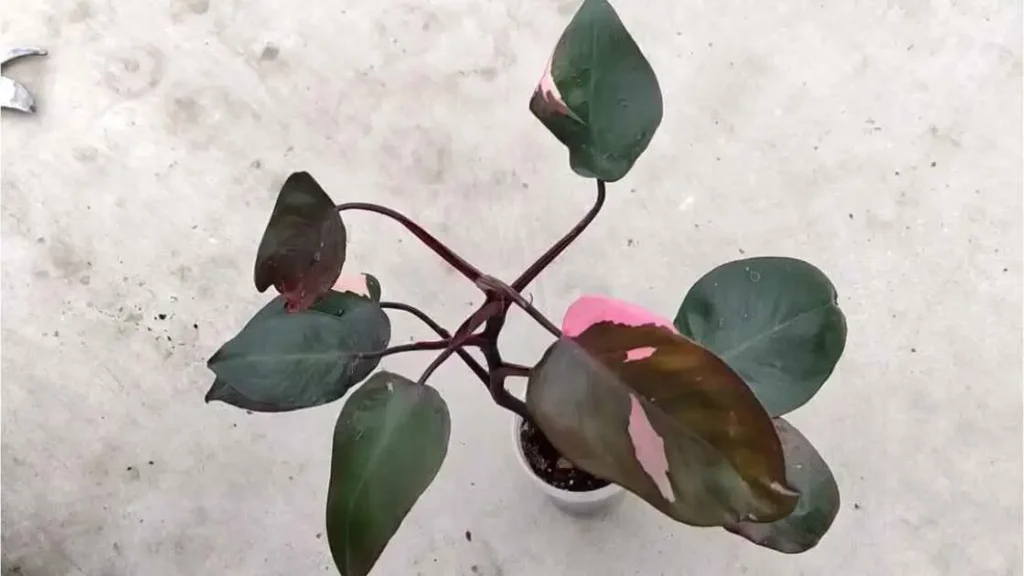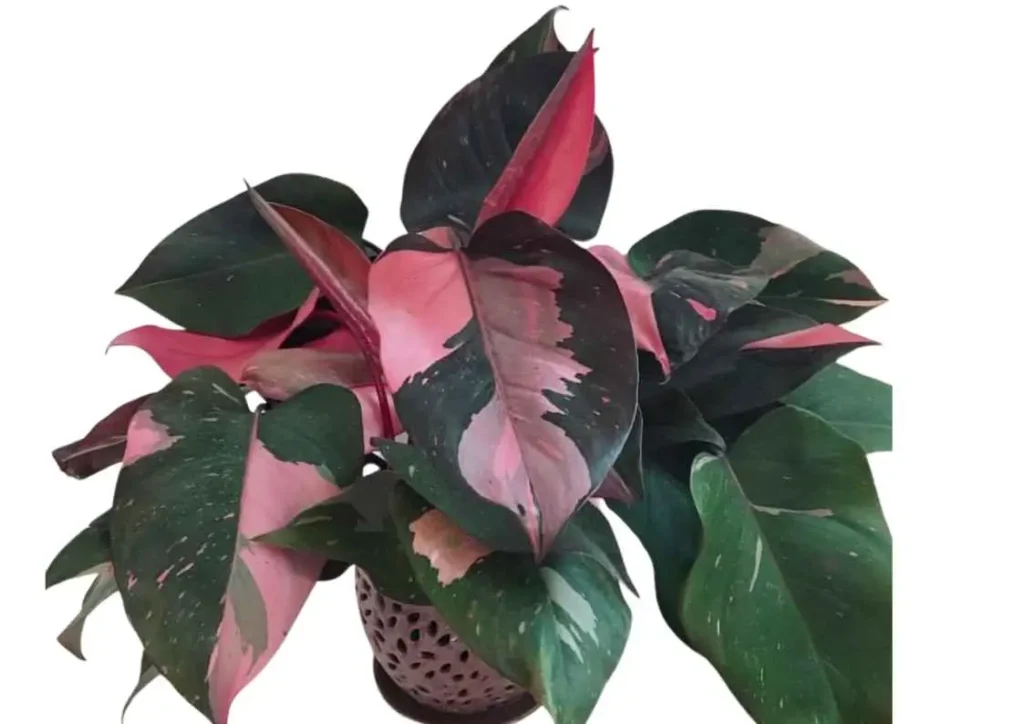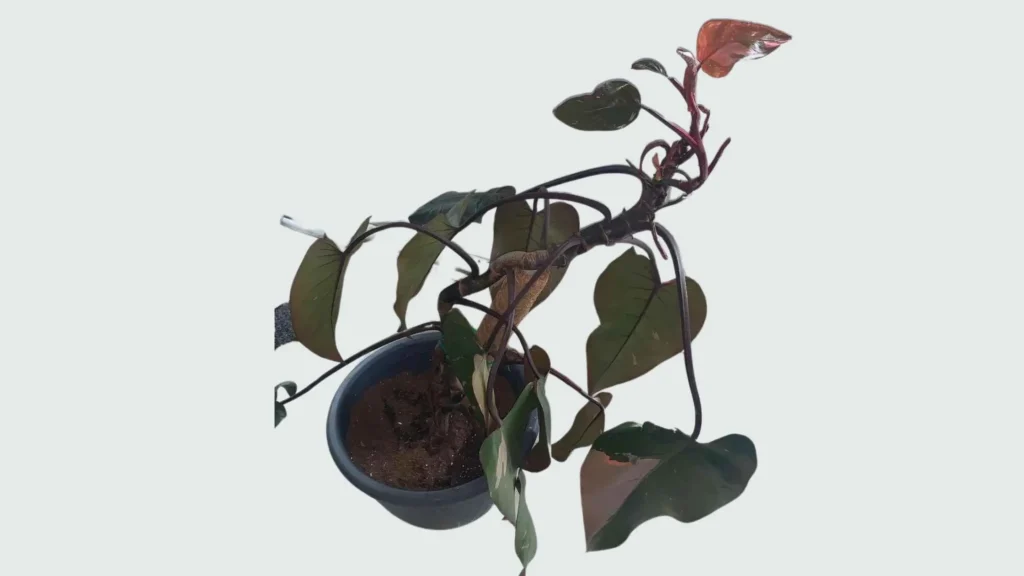Table of Contents
ToggleI’ve been growing houseplants for years, but when I first got my Pink Princess Philodendron, I was beyond excited. Those beautiful, variegated leaves with their unique pink splashes were just stunning. But then, out of nowhere, I noticed some of the leaves were turning brown. I panicked and wondered what I was doing wrong. If you’re in the same boat, don’t worry. I’ve been there, and through trial and error, I’ve learned how to bring my Pink Princess Philodendron back to its glorious self.
In this article, I’ll share everything I’ve discovered about why Pink Princess Philodendron leaves turn brown and, more importantly, how to fix it. From watering practices to light conditions, and even pest management, I’ve got you covered.
Common Causes of Browning Leaves
Overwatering or Underwatering
One of the first things I learned was the importance of getting the watering right. Both overwatering and underwatering can cause your Pink Princess Philodendron leaves to turn brown. If you’re anything like me, you might have a tendency to be a bit too generous with water. It’s easy to think that more water means a happier plant, but that’s not always the case.
Philodendrons like their soil to be moist but not waterlogged. Overwatering can lead to root rot, which shows up as browning leaves. On the other hand, underwatering can cause the leaves to dry out and brown at the edges. To strike the right balance, I check the top inch of the soil. If it feels dry, it’s time to water. Typically, I water my plant about once a week, but it can vary depending on the season and indoor humidity levels.
Incorrect Light Conditions
Light is another crucial factor. Initially, I kept my Pink Princess Philodendron in a spot with indirect light, but I learned the hard way that even indirect light can be too intense sometimes. Direct sunlight can scorch the leaves, leading to those dreaded brown spots. On the flip side, too little light can also cause issues. Without enough light, the plant struggles to photosynthesize properly, which can lead to yellowing and browning leaves.
Now, I keep my Pink Princess Philodendron in a spot where it gets bright, indirect light for most of the day. It’s a bit of trial and error to find the perfect spot, but once you do, your plant will thank you.
Low Humidity
Philodendrons are tropical plants, which means they thrive in high humidity. Unfortunately, the average home doesn’t quite match their natural environment. When the air is too dry, the leaves can start to brown and feel crispy.
I use a few tricks to boost humidity around my plant. Misting the leaves regularly helps, but it’s not always enough. I also place a humidifier nearby and sometimes use a pebble tray with water to create a more humid micro-environment. These steps have made a noticeable difference in the health of my plant’s leaves.
Pest and Disease Issues
Common Pests
Pests can be a real nuisance for any houseplant owner, and the Pink Princess Philodendron is no exception. I’ve had my fair share of battles with pests like spider mites, mealybugs, and aphids. These tiny critters suck the sap from the leaves, causing them to turn brown and eventually die off if not treated.
To keep pests at bay, I regularly inspect my plant, especially under the leaves where pests like to hide. At the first sign of infestation, I use insecticidal soap or neem oil. It’s essential to act quickly because pests can spread rapidly.
Fungal Infections
Another problem I encountered was fungal infections. These can be tricky because they often go unnoticed until the damage is done. Fungal infections can cause brown spots on the leaves, which can spread if not treated.
I’ve found that good air circulation helps prevent fungal issues. I also avoid getting the leaves wet when I water my plant, as moisture on the leaves can promote fungal growth. If I do spot a fungal infection, I trim the affected leaves and treat the plant with a fungicide.
Nutrient Deficiencies
Just like us, plants need a balanced diet to stay healthy. A lack of essential nutrients can cause various issues, including browning leaves. Early on, I wasn’t fertilizing my Pink Princess Philodendron as often as I should have, which led to nutrient deficiencies.
Now, I use a balanced liquid fertilizer every month during the growing season (spring and summer). This regular feeding helps ensure that my plant gets all the nutrients it needs to produce vibrant, healthy leaves.
Soil Quality and Pot Size
The type of soil you use can also affect your plant’s health. Philodendrons prefer well-draining soil that retains some moisture but doesn’t stay soggy. I use a mix of regular potting soil with some added perlite for better drainage.
Pot size is another factor. If the pot is too small, the roots can become cramped, which can stress the plant and lead to browning leaves. I repot my Pink Princess Philodendron every couple of years to give it room to grow.
Preventive Measures and Maintenance Tips
Regular Monitoring and Care
Keeping an eye on your plant’s health is key to preventing problems before they get out of hand. I make it a habit to check my Pink Princess Philodendron regularly. This way, I can catch any issues early and take action before they become severe.
Proper Pruning Techniques
Pruning is another essential part of plant care. Removing dead or damaged leaves not only makes your plant look better but also helps prevent the spread of disease. When I prune, I use clean, sharp scissors and make my cuts just above a leaf node. This encourages new growth and keeps my plant healthy.
Seasonal Adjustments
As the seasons change, so do the needs of your plant. In the winter, when indoor air tends to be drier, I pay extra attention to humidity levels. I also reduce watering since the plant’s growth slows down during this time. In the spring and summer, I resume regular fertilization and ensure my plant gets plenty of light.
Addressing the issue of Pink Princess Philodendron brown leaves can seem daunting at first, but with the right knowledge and care, your plant can thrive again. By ensuring proper watering, light conditions, humidity levels, and regular maintenance, you can prevent and resolve the browning of leaves. Happy planting!
FAQs
Why are my Pink Princess Philodendron leaves turning brown?
Browning leaves can result from various factors such as overwatering, underwatering, incorrect light conditions, low humidity, pest infestations, fungal infections, and nutrient deficiencies. Identifying and addressing the specific cause can help restore your plant’s health.
How often should I water my Pink Princess Philodendron?
Water your Pink Princess Philodendron when the top inch of soil feels dry. This typically means watering once a week in the spring and summer, and once every 1-2 weeks in the fall and winter. Avoid overwatering to prevent root rot and browning leaves.
What kind of light does a Pink Princess Philodendron need?
The Pink Princess Philodendron thrives in bright, indirect light. Direct sunlight can scorch the leaves, causing them to turn brown, while too little light can lead to poor growth and brown leaves.
How can I increase humidity for my Pink Princess Philodendron?
Increase humidity by misting the leaves regularly, placing a humidifier nearby, or setting the plant on a tray filled with water and pebbles. Maintaining humidity levels around 50% can prevent brown leaves.
What should I do if my Pink Princess Philodendron has pests?
Identify common pests such as spider mites, mealybugs, and aphids. Use insecticidal soap or neem oil to treat infestations. Regularly inspect your plant to catch and address pest issues early.
Related
Discover more from Pink Philodendron
Subscribe to get the latest posts sent to your email.


